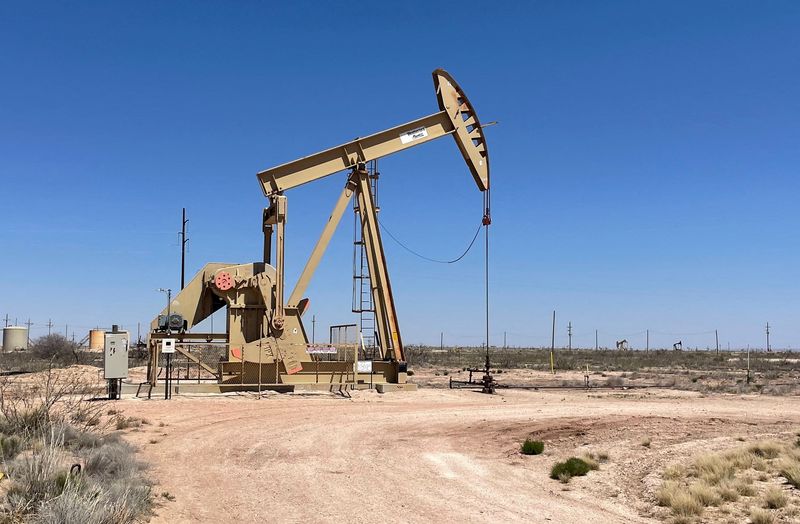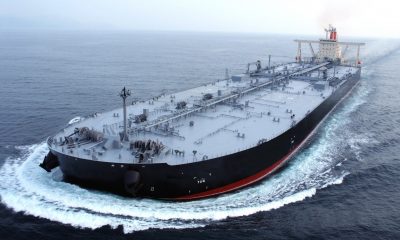Commodities
Gold set for brightest year since 2010 on rate cuts, safe-haven demand

By Daksh Grover and Sherin Elizabeth Varghese
(Reuters) – Gold prices were set to end a record-breaking year on a positive note on Tuesday as robust central bank buying, geopolitical uncertainties and monetary policy easing fuelled the safe-haven metal’s strongest annual performance since 2010.
rose 0.4% to $2,615.00 per ounce as of 0927 GMT, while U.S. gained 0.4% to $2,627.30.
As one of the best-performing assets of 2024, bullion has gained more than 26% year-to-date, the biggest annual jump since 2010, and last scaled a record high of $2,790.15 on Oct. 31 after a series of record-breaking rallies throughout the year.
“Rising geopolitical risks, demand from central banks, easing of monetary policy by central banks globally, and the resumption of inflows into gold-linked Exchange Traded Commodities (ETC) were the primary drivers of gold’s rally in 2024,” said Aneeka Gupta, director of macroeconomic research at WisdomTree.
The metal is likely to remain supported in 2025 despite some headwinds from a stronger U.S. dollar and a slower pace of easing by the Federal Reserve, Gupta added.
The U.S. Fed delivered a third consecutive interest rate cut this month but flagged fewer rate cuts for 2025.
Donald Trump’s incoming administration was also poised to significantly impact global economic policies, encompassing tariffs, deregulation, and tax amendments.
“Bullion bulls may enjoy another stellar year ahead if global geopolitical tensions are ramped up under Trump 2.0, potentially pushing investors towards this time-tested safe haven,” said Exinity Group Chief Market Analyst Han Tan.
Bullion is often regarded as a hedge against geopolitical and economic risks and tends to perform well in low-interest-rate environments.
“We expect gold to rally to $3,000/t oz on structurally higher central bank demand and a cyclical and gradual boost to ETF holdings from Fed rate cuts,” said Daan Struyven, commodities strategist at Goldman Sachs.

Spot silver was steady at $28.96 per ounce, palladium rose 0.8% to $910.70, and platinum added 0.4% to $904.56.
Silver is headed for its best year since 2020, having added nearly 22% so far. Platinum and palladium are set for annual losses and have dipped over 7% and 17%, respectively.
Commodities
Oil prices rise; U.S. crude inventories plunge, Russia-Ukraine truce eyed
Commodities
India’s Reliance to stop buying Venezuelan oil over US tariffs, sources say
Commodities
Oil prices climb on Venezuela supply worries

 Forex3 years ago
Forex3 years agoForex Today: the dollar is gaining strength amid gloomy sentiment at the start of the Fed’s week

 Forex3 years ago
Forex3 years agoUnbiased review of Pocket Option broker

 Forex3 years ago
Forex3 years agoDollar to pound sterling exchange rate today: Pound plummeted to its lowest since 1985

 Forex3 years ago
Forex3 years agoHow is the Australian dollar doing today?

 Cryptocurrency3 years ago
Cryptocurrency3 years agoWhat happened in the crypto market – current events today

 World3 years ago
World3 years agoWhy are modern video games an art form?

 Commodities3 years ago
Commodities3 years agoCopper continues to fall in price on expectations of lower demand in China

 Economy3 years ago
Economy3 years agoCrude oil tankers double in price due to EU anti-Russian sanctions























